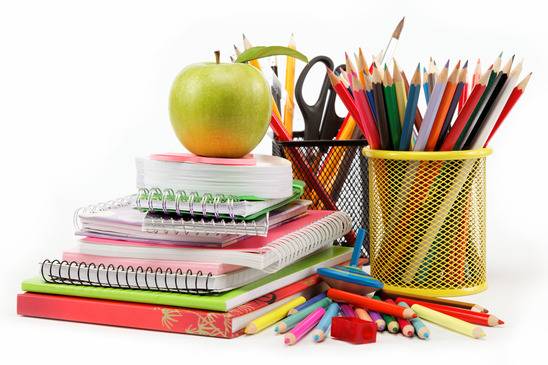By Ashraf Naushahi
Not long ago students started their learning by writing on slates. Though slates are yet useful and convenient for learning to write alphabets and words on, however, many other things are more in use for easier and better learning. Stationery is the word in the English language used for such things as chalks, dusters, papers, notebooks, journals, fountain pens, ballpoints, pointers, highlighters, pencils, erasers, sharpeners, scales, staplers, crayons, compasses, geometry instruments, etc.
Stationery as a word came from the Latin language and became a part of the English vocabulary. In Latin language "stationarius" was used for a bookshop located near an educational institution. It is often confused with "stationary" but "stationary" is used having a meaning of stillness- something not moving. Perhaps such confusion is because both words came from similar Latin words meaning "station" but gradually became different with different meanings and spellings.
Crayons or colored-pencils are usually liked by children and their elders alike. There is a trend these days of reducing stress of day-to-day routines by coloring-books. Coloring-books are especially useful for learning new words and also for many other good uses. Cores of crayons are made of wax or oil-based materials covered by a cylinder made of wood. History of making color pencils can be started from the ancient Greek era, but in a modern perspective it started in Europe of the 20th century.
In the present day world, color pencils are manufactured in different types called grades of color pencils. Artist-grade color pencils have more variety in colors. Commonly there are 72 different colors in a set of it. However, some sets have 120 or more colors. In students-scholars-grade color pencils, often there are 24 or 36 colors in a set and manufacturing materials are also different. Water-colors also have more colors in artist-grade sets than that of students-scholars color-sets.
Fountain pens were made first in the Europe of 17th century and have been developed continually since then. A big progress in its manufacturing was made in 1828 when making of a better quality nib became possible. New machines were made for mass manufacturing of steel nibs. Until the 21st century the industries of manufacturing fountain pens and its inks have developed a lot.
Ballpoints and pointers of different types were made by different inventors in the 20th century. Ballpoints were first made in 1888 for writing on rough surface as wooden sheets. In 1938, new types of ballpoints were made for writing with factory filled ink. Since then numerous types of ballpoints are being manufactured and used commonly in the present day world.
Published in Young Nation magazine on March 11, 2017






